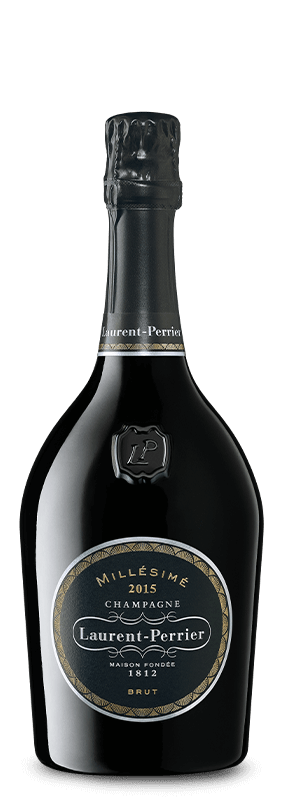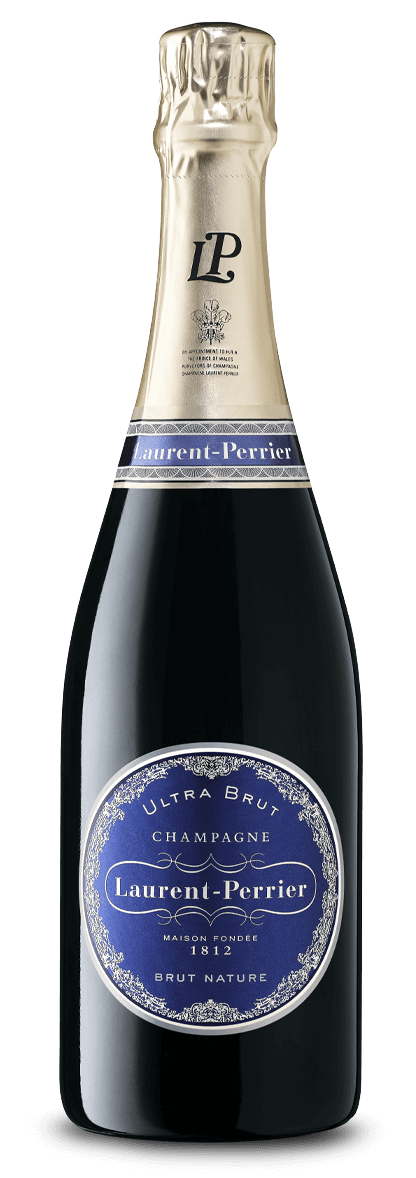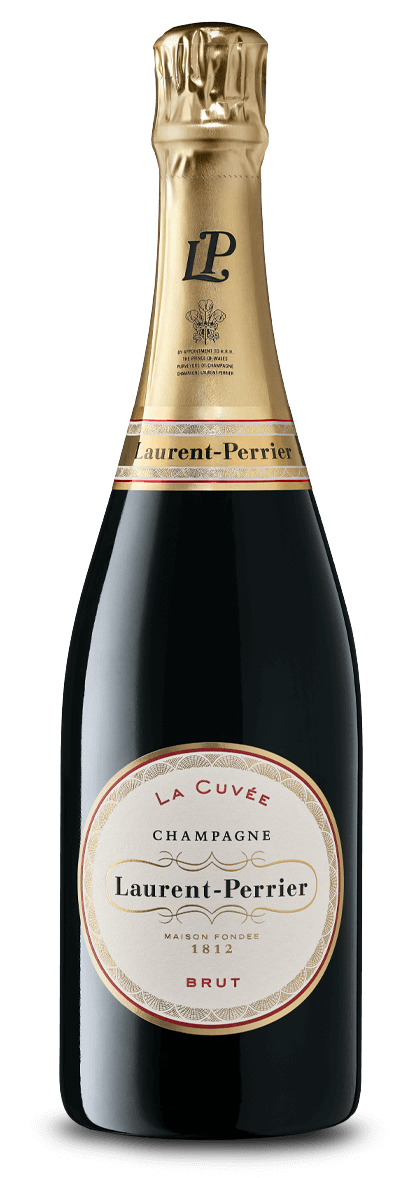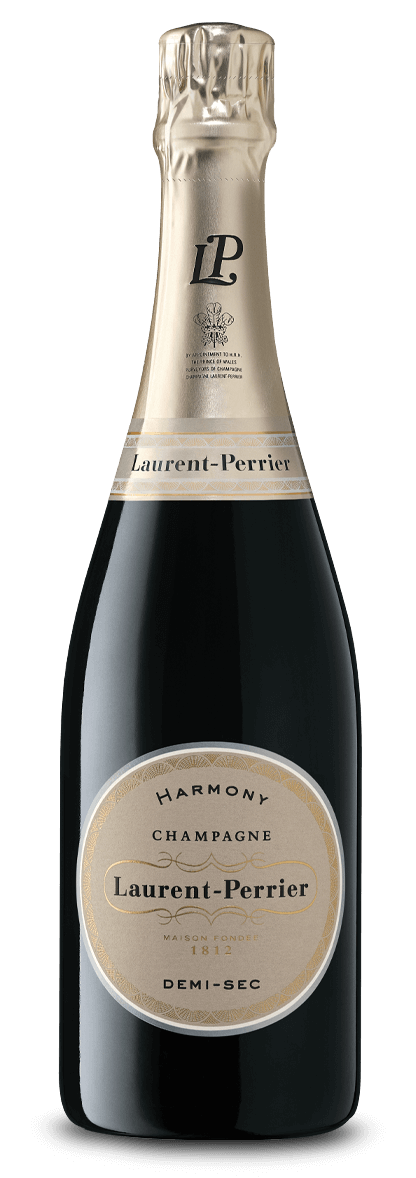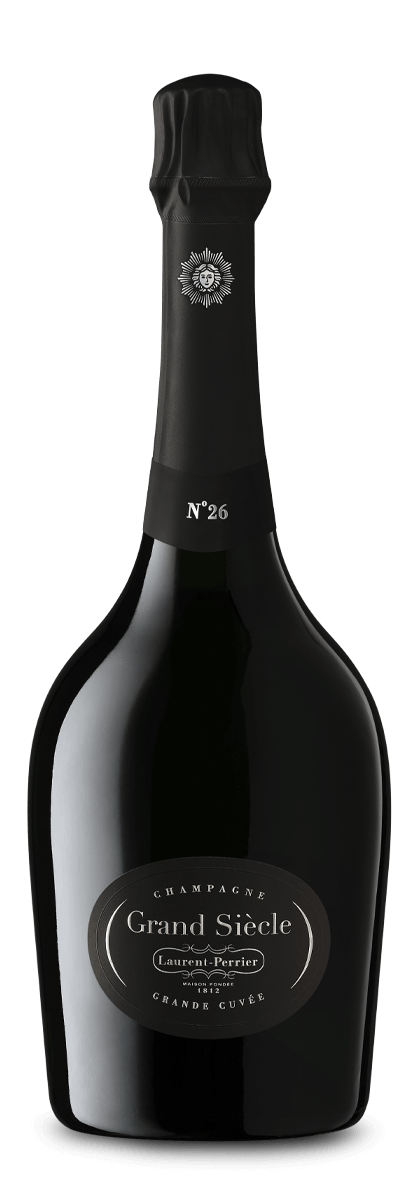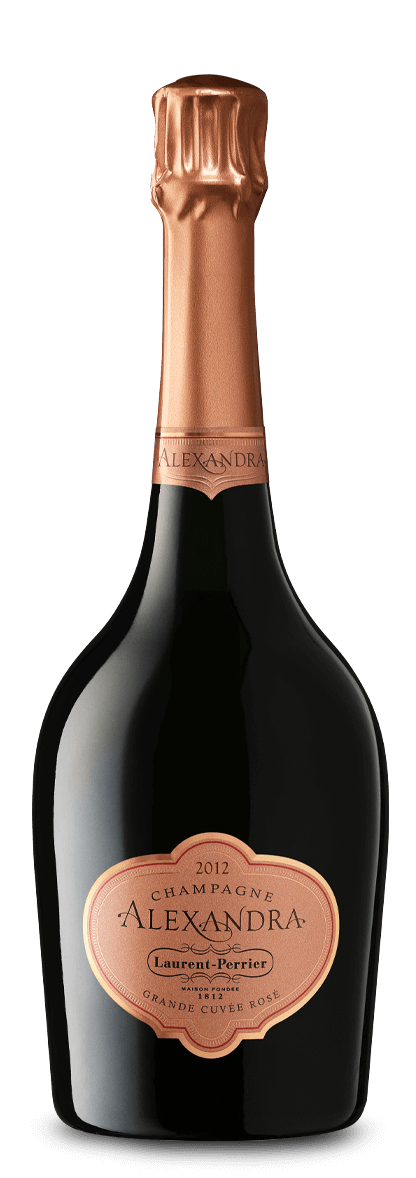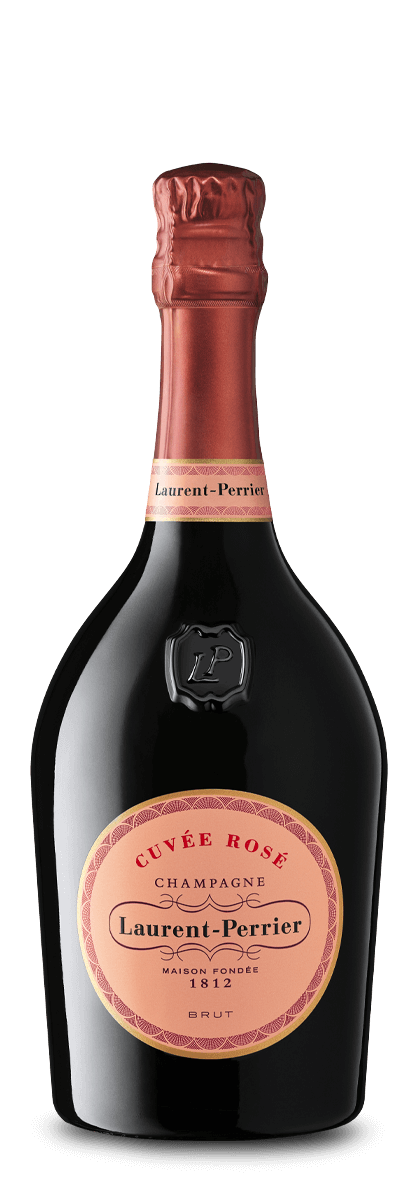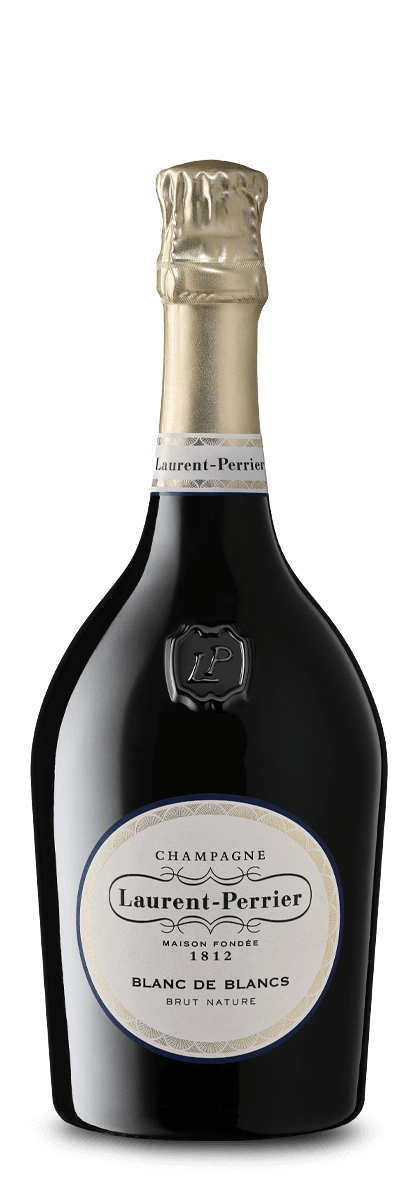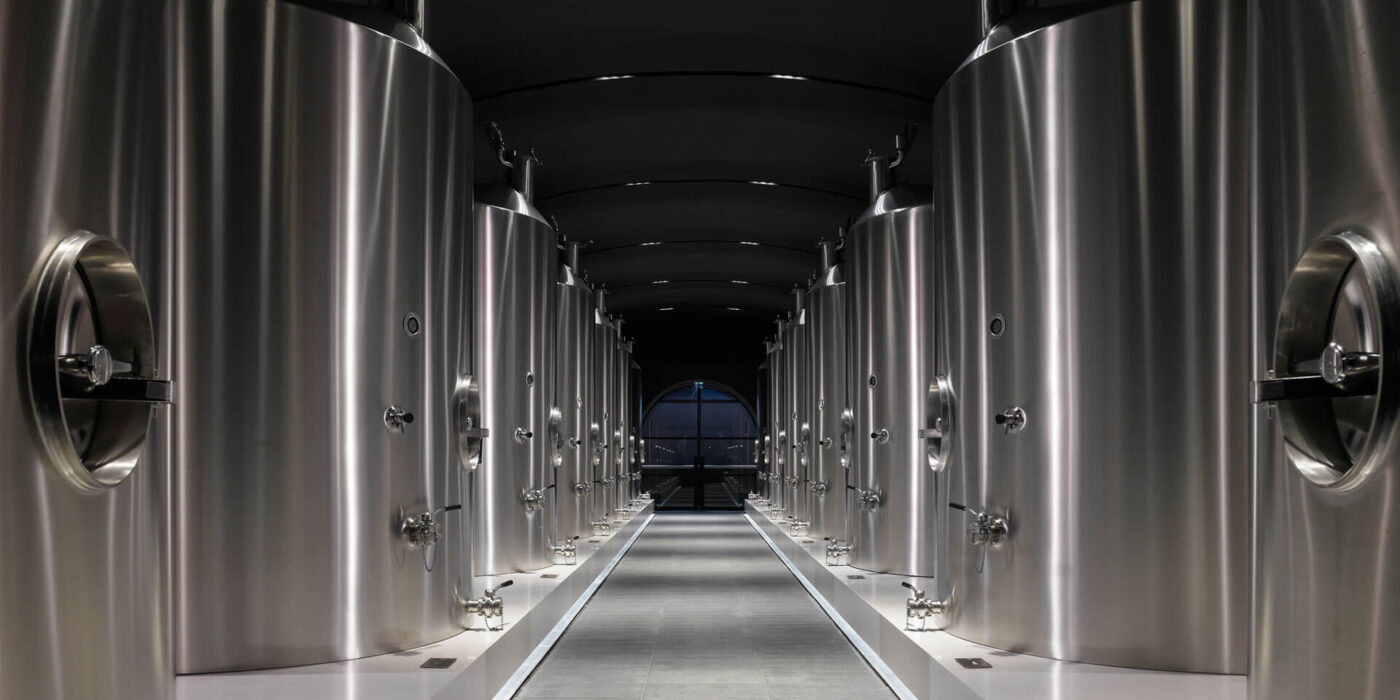
The Maison
The Savoir-Faire
of Blending
Reserve Wines
Reserve Wines
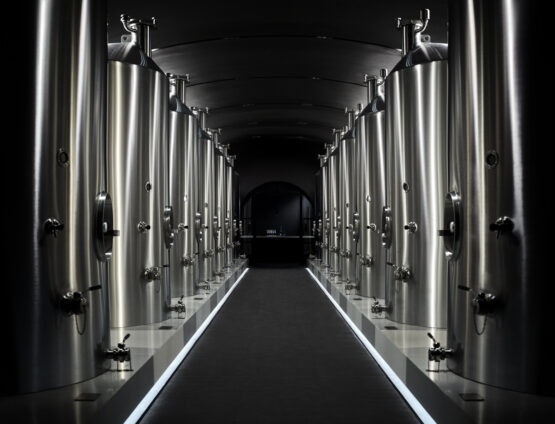
of Reserve Wines
at Laurent-Perrier
Laurent-Perrier has developed a unique savoir-faire in selecting and preserving reserve wines. The House has chosen to place reserve wines at the heart of its approach, selecting each year the wines that offer the greatest freshness, the highest ageing potential, and the finest aromatic expression.
How did the House develop this savoir‑faire?
Upon his appointment as head of Laurent-Perrier, the bold and visionary Bernard de Nonancourt decided to go beyond conventions. At a time when houses relied mainly on exceptional vintages, he envisioned a new expression of champagne: a blend of complementary vintage reserve wines to recreate the perfect year. This led to the birth of the Prestige Cuvée, Grand Siècle.
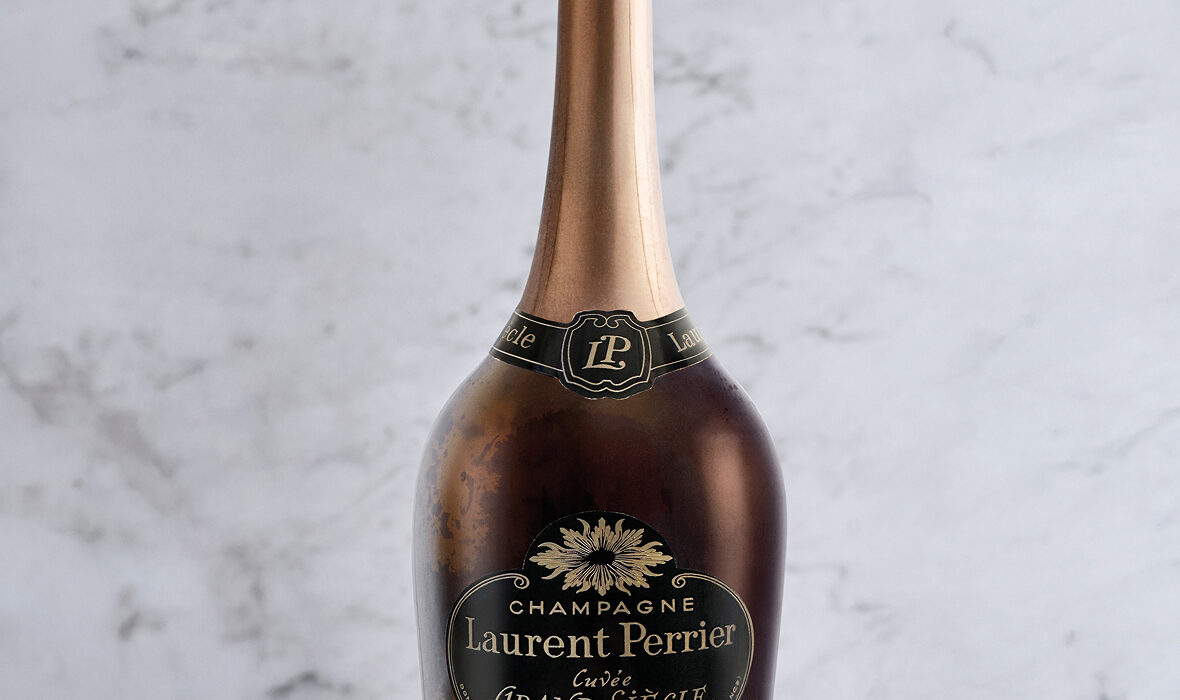
How are reserve wines selected and preserved at Laurent‑Perrier?
The dedicated reserve wine cellars consist of stainless steel vats. These vats allow each cru and grape variety to be stored separately at low temperatures, limiting handling to preserve freshness and purity while preventing oxidation.
“The quality of the blends depends on the mastery of winemaking.” – Michel Fauconnet
Which Laurent-Perrier champagnes rely on the savoir-faire of blending reserve wines?
Grand Siècle
is the pinnacle of blending to recreate the perfect year. Each Iteration of this Prestige Cuvée is crafted from an assemblage of three vintage reserve wines, combining two grape varieties, Chardonnay and Pinot Noir, sourced from up to 11 of the 17 Grand Cru villages.
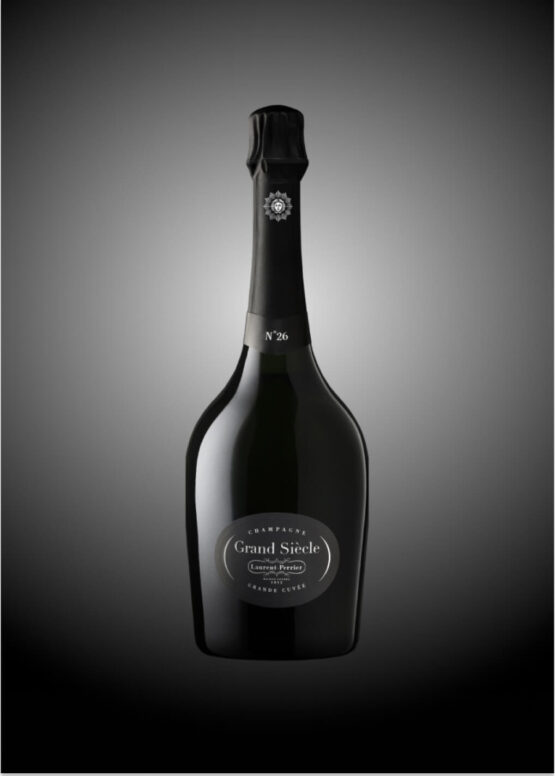
Héritage
the House’s latest innovation, pays homage to Grand Siècle’s savoir-faire and mastery of reserve wines. Héritage is composed exclusively of reserve wines chosen for their freshness, complexity, and ageing potential.
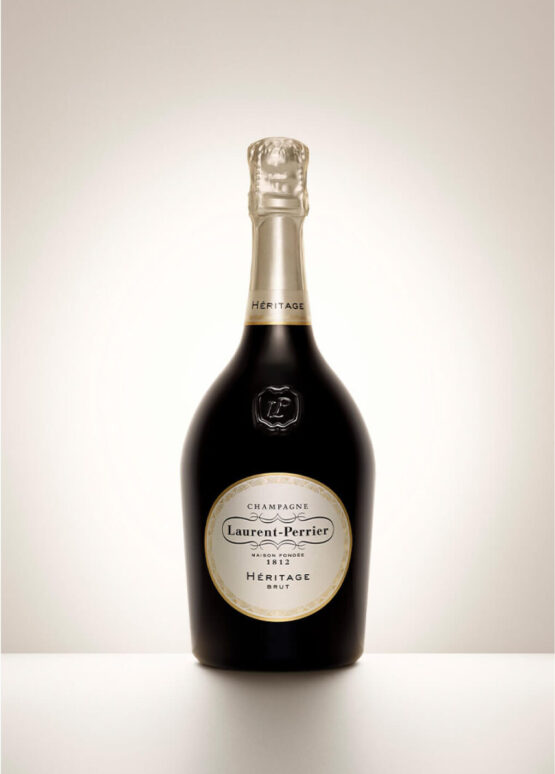
Brut Millésimé
is a rare wine that expresses the typicity of a single year in the Laurent-Perrier style. It is a 50/50 blend of Chardonnay from the Côte des Blancs and Pinot Noir from the Montagne de Reims.

“La Cuvée”
is a tribute to Champagne craftsmanship: more than 100 Crus of Chardonnay, Pinot Noir, and Meunier are blended to create a fresh, pure, and elegant champagne. To ensure perfect consistency in style, La Cuvée contains up to 30% reserve wines.
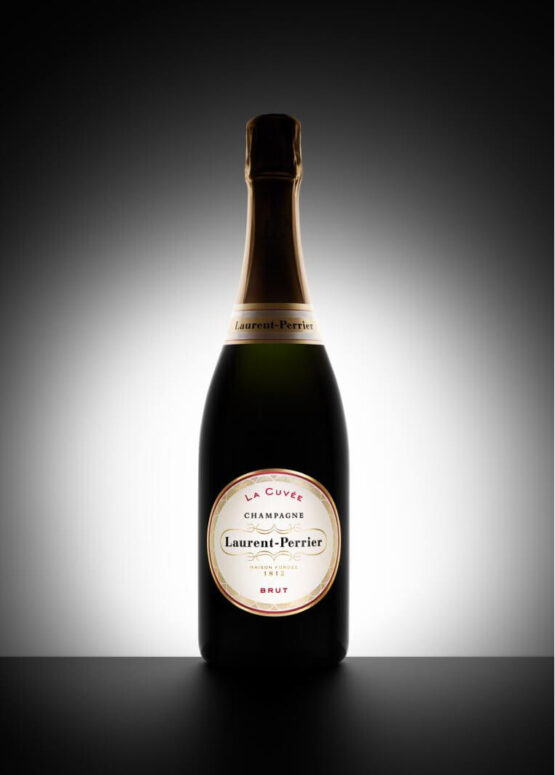
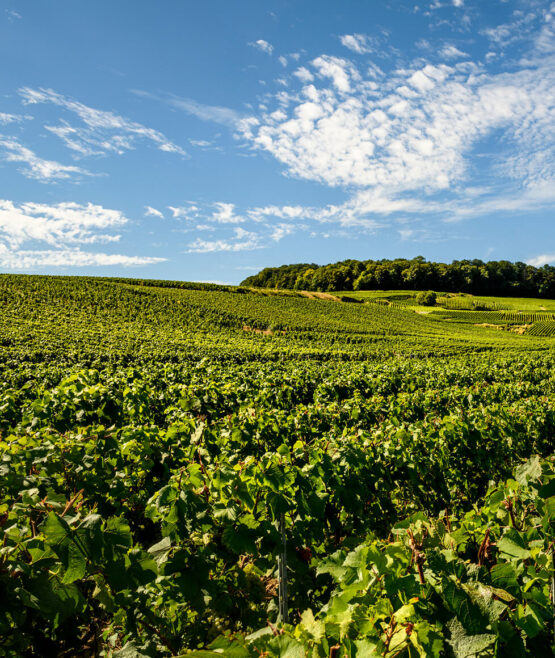
Blending Reserve Wines in Champagne
In Champagne, wines from the current year, known as “base wines,” are usually blended with a variable proportion of wines from previous years, known as “reserve wines”.
What is a reserve wine in Champagne?
Reserve wines are carefully preserved wines from previous harvests, representing a true oenological treasure for Champagne houses. Rich in aromas and complexity, they come from various crus, grape varieties, and vintages. Historically, these reserve wines were primarily used as an assurance against a poor harvest.
Why is blending essential?
Blending reserve wines plays a key role in Champagne winemaking, ensuring:
- Consistency of style: each house seeks to maintain the identity of its cuvées from vintage to vintage.
- Aromatic complexity: reserve wines enrich the young wines of the year, providing depth and balance.
What are the roles of grape varieties in blending?
- Chardonnay brings freshness and minerality.
- Pinot Noir offers structure and power.
- Meunier adds roundness and fruitiness.
Each grape variety has a unique organoleptic profile depending on its origin and terroir.

